Bridging Therapy Risk Calculator
Your Medication
Choose your current blood thinner. DOACs like Eliquis, Xarelto, or Pradaxa don't require bridging.
High-Risk Criteria
Score from 0-9. Higher score means higher stroke risk. Learn more about CHA₂DS₂-VASc
Bridging Recommendation
Why this matters: According to the BRIDGE trial, bridging therapy increases bleeding risk by 2.3% vs. 1.0% without bridging—while providing no stroke prevention benefit.
Your result:
Switching between blood thinners isn’t as simple as stopping one pill and starting another. For patients on long-term anticoagulation-especially those taking warfarin-surgery, dental work, or other procedures often require a temporary pause. But stopping blood thinners without a plan can lead to deadly clots. On the other hand, continuing them can cause dangerous bleeding. That’s where bridging therapy comes in. But here’s the catch: for most people, it’s no longer needed.
What Is Bridging Therapy, Really?
Bridging therapy means using a fast-acting injectable blood thinner-like low molecular weight heparin (LMWH), such as Lovenox or Fragmin-to cover the gap when warfarin is stopped before a procedure. The idea is simple: keep your blood from clotting while you’re off warfarin. But the reality? It’s risky, messy, and often unnecessary.Warfarin takes days to clear from your system. That’s why you stop it 5-6 days before surgery. But during those days, your body has no protection against clots. That’s where LMWH steps in. You start injections 2-3 days before the procedure and stop them 24 hours before. After surgery, you restart warfarin and keep the injections going until your INR (a blood test that measures clotting time) gets back into range.
But here’s what most people don’t realize: this approach was developed decades ago, before we had better options. Today, we know that for the vast majority of patients, bridging doesn’t prevent strokes-it just increases bleeding.
When Bridging Therapy Is Actually Necessary
Not everyone needs it. In fact, only a small group does.According to the latest American Heart Association guidelines (2020), bridging is only recommended for patients with very high risk of clots. That means:
- People with mechanical heart valves in the mitral position (not aortic)
- Those who’ve had a blood clot in the last 3 months (like a deep vein thrombosis or pulmonary embolism)
- Patients with atrial fibrillation and a CHA₂DS₂-VASc score of 7 or higher (a scoring system that estimates stroke risk)
That’s it. That’s the entire list. For everyone else-about 85-90% of people on warfarin-bridging does more harm than good.
The BRIDGE trial (2015), a major study published in the New England Journal of Medicine, found that patients who were bridged had a 2.3% risk of major bleeding. Those who weren’t bridged? Just 1.0%. And guess what? The rate of strokes and clots was the same in both groups.
Dr. James Douketis, who led that trial, put it plainly: “Bridging doesn’t protect against clots. It just makes you bleed more.”
Why DOACs Changed Everything
If you’re on a direct oral anticoagulant (DOAC)-like apixaban (Eliquis), rivaroxaban (Xarelto), dabigatran (Pradaxa), or edoxaban (Savaysa)-you probably don’t need bridging at all.Unlike warfarin, DOACs leave your body fast. Their half-lives range from 5 to 17 hours, depending on kidney function. That means:
- You stop taking them 24-48 hours before surgery (sometimes even less)
- You restart them 12-24 hours after, once bleeding risk drops
- No injections. No blood tests. No bridging.
In 2023, 75% of new anticoagulant prescriptions in the U.S. were for DOACs. Why? Because they’re easier, safer, and more predictable. No more weekly INR checks. No more dietary restrictions. And no more messy bridging regimens.
Transitioning from warfarin to a DOAC? That’s straightforward: stop warfarin, wait until your INR is below 2.0, then start the DOAC. No heparin needed. Transitioning from a DOAC to warfarin? Start warfarin and overlap it with the DOAC for a few days until the INR hits the target range. Again-no bridging.

The Hidden Dangers of Bridging
Even if your doctor recommends bridging, you should ask: “What’s the real risk here?”Bridging isn’t just about bleeding. It’s about complexity. Here’s what you’re signing up for:
- Injecting yourself daily-often twice a day-for up to a week. Many patients skip doses because it’s painful or inconvenient. Studies show 15-20% non-adherence.
- Cost-a 7-day course of LMWH can cost $300-$500 out of pocket in the U.S., even with insurance.
- Timing errors-if you stop the injection too late, you risk bleeding during surgery. Too early, and clots form.
- Confusion after surgery-when do you restart warfarin? How much? When do you check your INR? Many patients get conflicting advice from their surgeon and their cardiologist.
And here’s the kicker: the 2021 PERIOP2 trial showed that even patients with mechanical valves didn’t benefit from bridging. That’s huge. It means the old standard of care for the highest-risk group might be outdated too.
What Should You Do Instead?
The best strategy? Don’t bridge unless you absolutely have to.Here’s what to do based on your medication:
If you’re on warfarin:
- Ask your doctor: “Am I in the high-risk group that actually needs bridging?”
- If yes, get your INR checked 5-6 days before surgery. Stop warfarin when INR drops below 2.0.
- Start LMWH 3 days before surgery. Stop it 24 hours before.
- After surgery, restart warfarin at 15-20% higher than your previous dose. Check INR in 3-4 days.
If you’re on a DOAC:
- Stop the DOAC 24-48 hours before surgery (longer if you have kidney problems).
- Restart it 12-24 hours after surgery, once bleeding risk is low.
- No injections. No bridging. No fuss.
For minor procedures like dental work or skin biopsies, you might not even need to stop your blood thinner at all. Always ask.
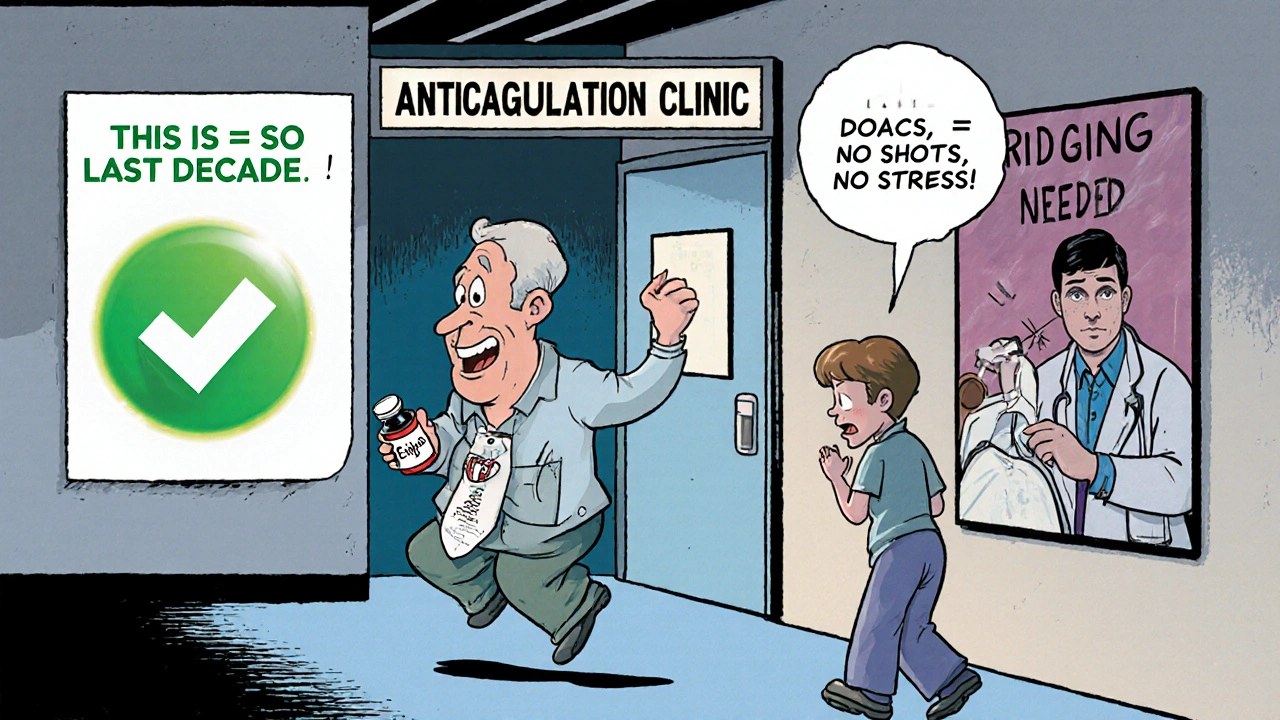
Who Decides? It Takes a Team
This isn’t a decision you make alone. It requires coordination between your primary doctor, cardiologist, surgeon, and pharmacist. Make sure everyone is on the same page.Ask for a pre-op anticoagulation review. Many hospitals now have anticoagulation clinics that specialize in this. They’ll review your risk scores, your meds, your procedure, and your kidney function-and give you a clear, written plan.
Don’t let your surgeon say, “We always bridge.” That’s outdated. Push for evidence-based care.
The Bottom Line
Bridging therapy used to be the default. Now, it’s the exception.If you’re on warfarin and need surgery, ask: “Do I really need this?” If you’re on a DOAC, you almost certainly don’t. The goal isn’t to keep you on blood thinners forever-it’s to keep you alive without bleeding out or clotting up.
More people are switching to DOACs every year. And that’s a good thing. Less bridging. Less injections. Less stress. Better outcomes.
Know your risk. Ask the right questions. And don’t accept a plan just because it’s what’s always been done.

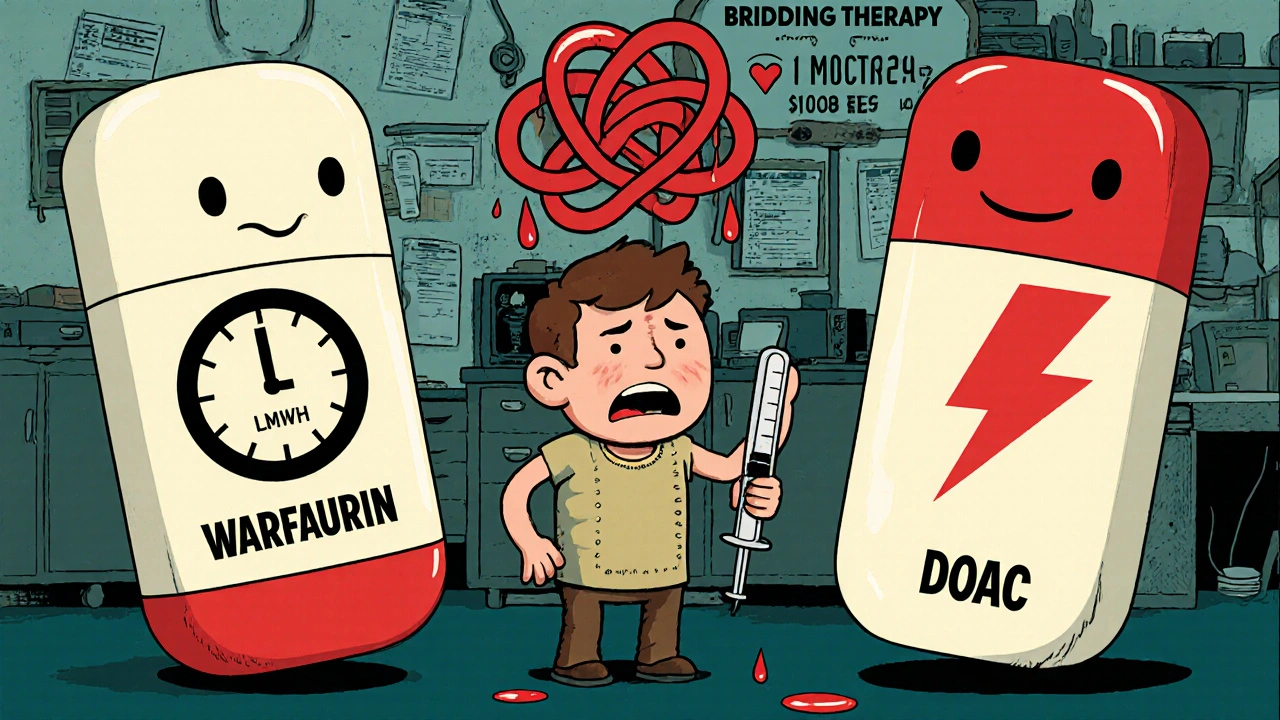

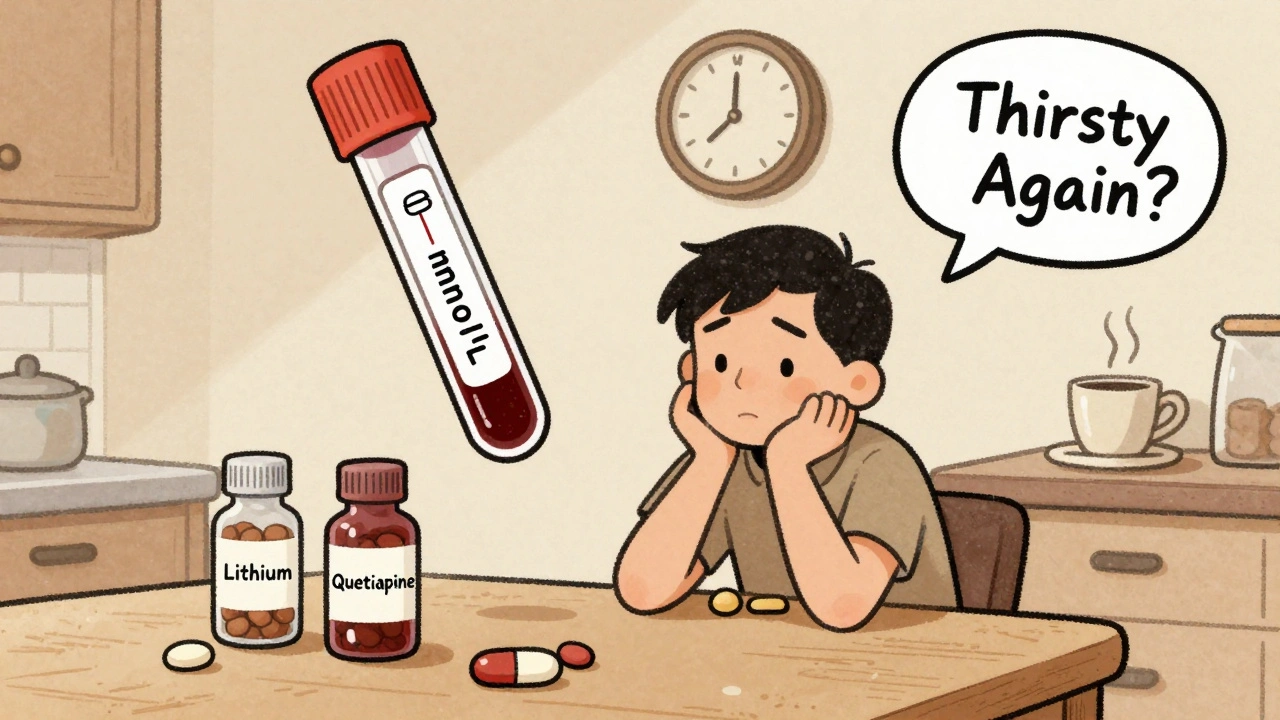

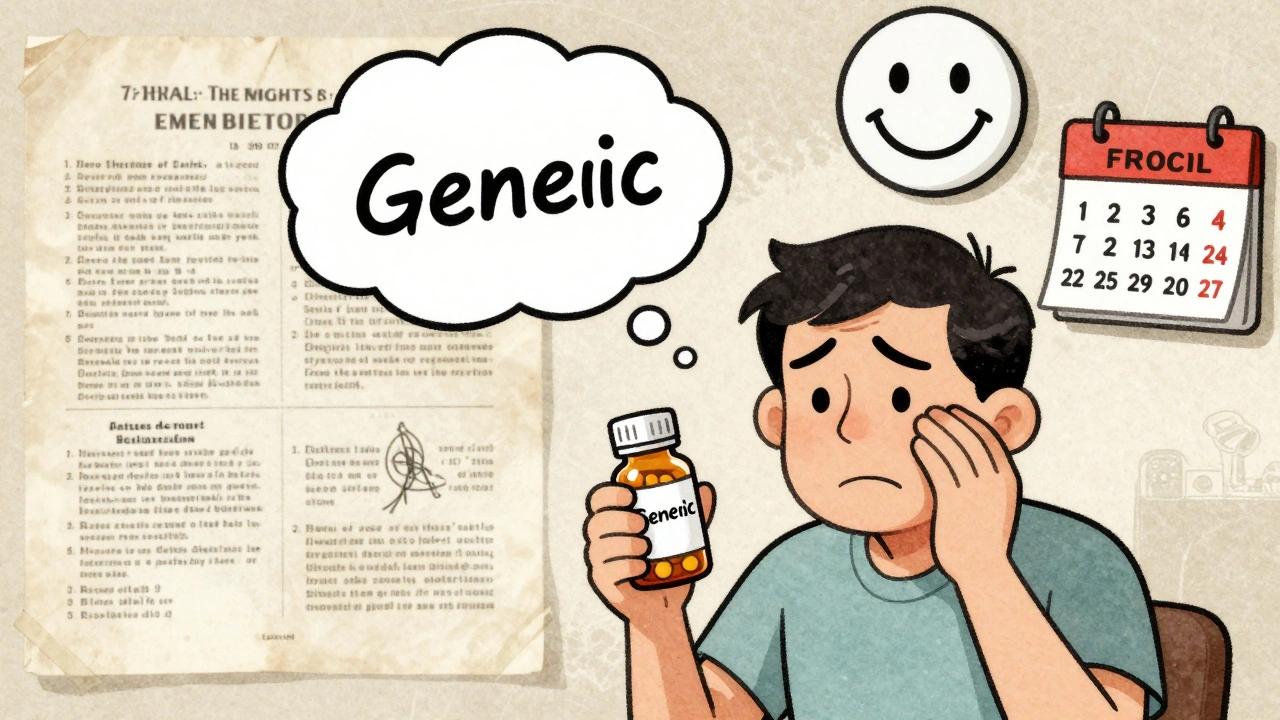
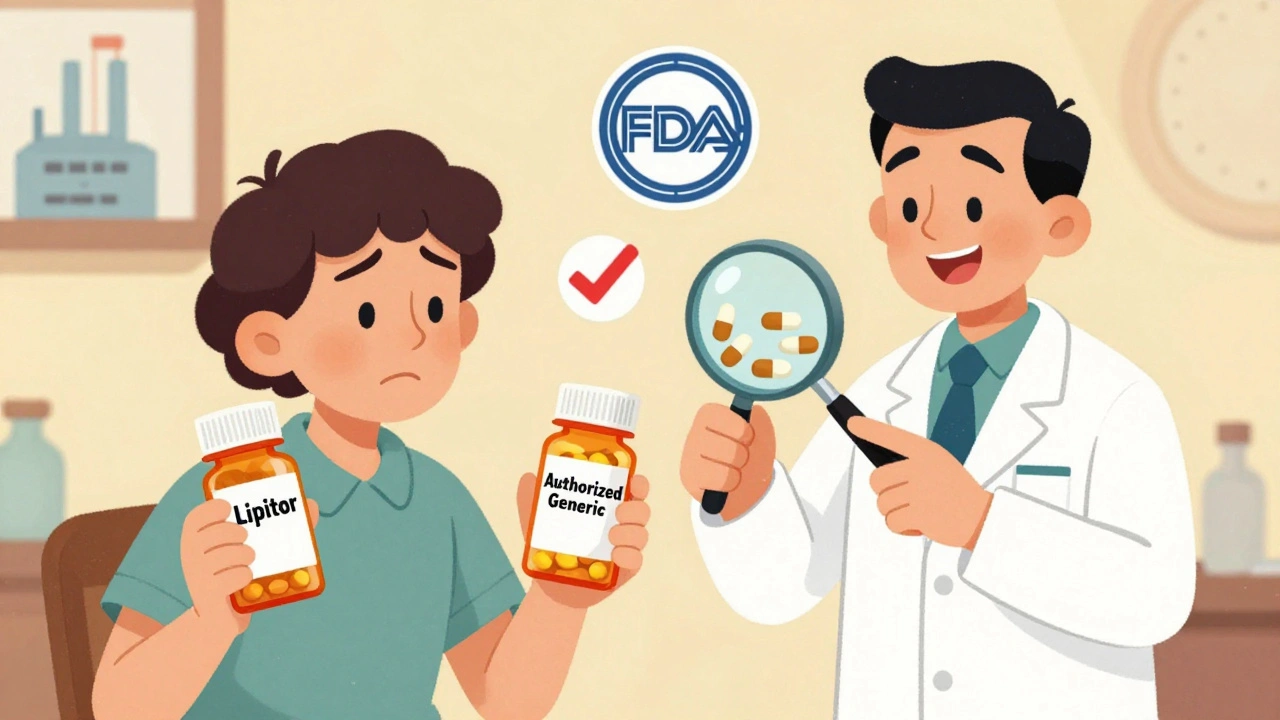
kris tanev
just had my knee replaced last month and they skipped bridging entirely because i’m on Eliquis. no injections, no crazy blood tests, just stop for 24 hours, restart after surgery. felt like a boss. why are we still doing this old-school stuff?
KC Liu
Of course the pharmaceutical industry loves DOACs. They’re patented, expensive, and require zero monitoring. Meanwhile, warfarin-cheap, effective, and proven over 70 years-is being vilified as ‘outdated.’ Coincidence? Or just another case of profit-driven medicine?
Sam Tyler
There’s a real shift happening here, and it’s not just about drugs-it’s about rethinking how we manage chronic conditions. For decades, we assumed more intervention meant better outcomes. But the data is clear: for most people, less is more. Bridging therapy was a band-aid solution for a system that didn’t have better tools. Now we do. DOACs aren’t perfect, but they’re simpler, safer, and give patients back control. The real win isn’t the drug-it’s the reduction in fear, complexity, and unnecessary medicalization of everyday life.
shridhar shanbhag
Here in India, most still use warfarin because DOACs are too expensive. But even then, doctors are slowly catching on. My uncle had a valve replacement and was bridged for 10 days-cost over ₹40,000. He bled through his gums for days. Now, if he gets another surgery, we’ll push back. Knowledge is power.
John Dumproff
I’ve been on warfarin for 12 years. Every time I had to stop it, I felt like I was playing Russian roulette. The anxiety was worse than the actual procedure. When I switched to apixaban last year, I cried. Not because I was sad-because I finally felt safe. No more 7 a.m. INR draws. No more ‘don’t eat kale.’ Just take the pill and live. Thank you for writing this.
Lugene Blair
Let me tell you about my cousin. He’s a 68-year-old with AFib, CHA₂DS₂-VASc of 5. Got scheduled for a colonoscopy. His cardiologist said ‘bridge.’ His GI doc said ‘no way.’ He went to an anticoagulation clinic-they looked at his numbers, his meds, his kidneys-and said ‘stop the warfarin, no heparin.’ He did it. No clot. No bleed. Just a clean procedure. This isn’t theory-it’s practice. And it works.
William Cuthbertson
There’s a deeper truth here, one that transcends medicine. We’ve built a healthcare system that equates action with care. We fear inaction. We distrust simplicity. Bridging therapy was never about safety-it was about doing *something*, anything, to assuage our anxiety. But true care sometimes means stepping back. Letting the body breathe. Letting time do its work. The DOAC revolution isn’t just pharmacological-it’s philosophical. It asks us: Do we trust nature? Do we trust evidence? Or do we trust the ritual of intervention?
Eben Neppie
Stop romanticizing DOACs. They’re not magic. They’re expensive, irreversible, and have no antidote for most of them. And yes, the BRIDGE trial showed no increase in stroke-but it also excluded patients with recent clots or mechanical valves. Don’t generalize. If you’re on a mechanical mitral valve, you’re not some ‘average’ patient. Bridging still saves lives. Stop pushing ideology over individualized care.
Hudson Owen
While the data presented is compelling and aligns with current clinical guidelines, it is imperative to acknowledge that patient-specific variables-such as renal function, comorbidities, surgical complexity, and medication adherence-must be individually assessed. A one-size-fits-all approach, even when evidence-based, risks overlooking nuanced clinical contexts that may necessitate alternative strategies.
Milind Caspar
Let’s not forget who benefits from this ‘new standard.’ Big Pharma. The same companies that pushed warfarin for decades now sell DOACs at 10x the price. They funded the trials. They paid the ‘experts.’ They convinced doctors to abandon the cheapest, most monitored anticoagulant in history. And now they tell us bridging is dangerous? Maybe. But what’s more dangerous? A $500 injection-or a $300/month pill that can’t be reversed if you bleed out in the ER?
Rose Macaulay
i had to switch from warfarin to xarelto after my dad had a stroke. he was on bridging and almost died from a bleed. i cried for three days. now i take one pill a day and sleep like a baby. thank god for science.
Ellen Frida
what if the whole thing is a lie? what if the INR test is rigged? what if they don't want us to know that warfarin is actually safer because it's old and we can track it? what if DOACs are just a way to make us dependent on tech and drugs and never truly heal? i think we're being played.
Michael Harris
So you’re telling me we’re going to let surgeons and cardiologists make life-or-death decisions based on ‘guidelines’ written by people who’ve never held a scalpel? The BRIDGE trial? It was funded by Pfizer. The PERIOP2 trial? GlaxoSmithKline. You think they’re giving a damn about bleeding? They’re giving a damn about market share. Don’t be a sheep.
Anna S.
if you're not willing to take the risk of bleeding to avoid a clot, you're not ready to be alive. this whole 'don't bridge unless you have to' thing is just fear dressed up as medicine. people used to die from strokes. now they die from bleeding. either way, you're dead. might as well go all in.
Prema Amrita
My father, 74, had a mechanical aortic valve. They bridged him before his hip surgery. He bled into his abdomen. ICU for 10 days. Now he’s on apixaban. No injections. No fear. Just life. The guidelines are right. Trust them. And if your doctor says ‘we always bridge’-find a new doctor. Your life is worth more than their habit.